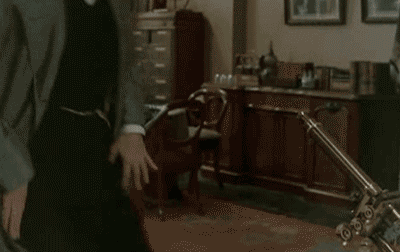Amazing photographs from Robert M. Pirsig's original 1968 motorcycle excursion across America with his son Chris and John and Sylvia Sutherland, which in turn inspired the 1974 bestseller 'Zen and the Art of Motorcycle Maintenance', which I am presently reading. Both these images and the book are fuelling a sense of wanderlust and desire to escape the dreariness of winter, of the grey monotony of the city, and I have a yearning for spring to arrive and bring with it long bicycle rides, berry picking, ginger ale, and walks through forests.
A Cross Country Fantasy
Amazing photographs from Robert M. Pirsig's original 1968 motorcycle excursion across America with his son Chris and John and Sylvia Sutherland, which in turn inspired the 1974 bestseller 'Zen and the Art of Motorcycle Maintenance', which I am presently reading. Both these images and the book are fuelling a sense of wanderlust and desire to escape the dreariness of winter, of the grey monotony of the city, and I have a yearning for spring to arrive and bring with it long bicycle rides, berry picking, ginger ale, and walks through forests.




















































